
When I first started modifying my pistols, one of the first customizations I kept hearing about was a “trigger guard undercut.” I didn’t know much about it, but I saw a lot of guys at the range with those smooth, scooped-out cuts under the trigger area of their Glock frames. Some had one cut, others had two. Naturally, I asked, “Is that really necessary?”
Now that I’ve had a chance to shoot guns with and without undercuts—and own a few with factory ones built in, and some done by a gunsmith—I’ve got a better understanding. So if you’ve been wondering whether to add a single or double undercut to your handgun, maybe this article can help.

What Is a Trigger Guard Undercut?
Let’s start with the basics.
The trigger guard undercut is the area right underneath the trigger guard—where your middle finger wraps around when you grip the gun. A single undercut is a shallow U-shaped cut at the rear of the trigger guard. A double undercut adds a second cut forward of that, where your support hand’s index finger often makes contact.
These undercuts can either be done aftermarket with a Dremel or professionally by a gunsmith, or they can come built into the frame by the manufacturer (which is becoming more common now).

What’s the Point of an Undercut?
The idea behind the undercut is pretty simple: get a higher grip on the gun and improve comfort. A higher grip helps you control recoil better, and a smoother surface under the trigger guard prevents that hot spot or “Glock knuckle” from forming when you shoot a lot.
I’ve definitely felt that irritation where my middle finger rubs against the trigger guard. On guns without any undercut, especially Glocks, it can get uncomfortable over a long session. After adding a single undercut to one of my builds, that edge was gone—and I could get slightly higher on the grip too.
That higher grip means your hand is closer to the bore axis, which helps manage muzzle flip. That translates to better recoil control and faster follow-up shots.

Single vs. Double Undercut
A single undercut is aimed at your strong hand—the one that holds the gun and wraps under the trigger guard. It improves comfort and lets you lock in tighter.
A double undercut goes a step further. The second cut is usually for your support hand index finger. This cut gives your support hand a more aggressive and natural placement, helping with overall grip stability and pressure. It gives your support hand more purchase and helps create that full wrap-around grip.
If you just shoot casually and don’t want to mess with frame mods, the single undercut is probably more than enough.

Some Guns Already Come With It
What’s cool is that more manufacturers are listening to what shooters want, and they’re starting to add these undercuts at the factory.
Take the Shadow Systems line of handguns, for example. Their pistols come with a double undercut frame right out of the box. You don’t need to touch it—it’s already optimized for a high grip and full control.
Same with the Springfield Armory Echelon. This is another gun that comes ready to go with a factory double undercut. It’s one of those small features that make a big difference, especially when you’re shooting fast or under pressure.
Even guns like the Sig P320 and other Sig series have a thinner trigger guard area, which naturally allows for a higher grip without needing aggressive modifications. I noticed that the first time I held a P320—it just locks into the hand nicely.
So if you’re buying a new pistol and thinking ahead about grip and control, check if the gun already has these features before you go paying for a frame job.

Is It Really Necessary?
Here’s the honest answer: not always.
I’ll be real with you—I’ve shot just fine without any undercut. It’s not something that will make or break your shooting. But if you shoot often, like to train hard, or want every bit of control possible, it definitely helps.
Comfort matters. So does grip consistency. If an undercut gives you a better hold and prevents your hand from shifting or rubbing, it’s worth considering.
But it also comes down to use case:
- For a duty or carry gun, people like to keep things simple and avoid too many frame mods. A factory undercut is great, but many don’t like to go carving into their frame unless it’s for a range gun or something they shoot competitively.
- For competition or training guns, I say go for it. A double undercut, paired with some stippling, gives you that “locked-in” grip that makes shooting fast and accurate easier.
So, is it necessary? No. But is it nice to have? Absolutely.
Final Thoughts
At the end of the day, a single or double trigger guard undercut is one of those “little things” that can make a big difference—especially if you’re someone who trains regularly or shoots high round counts.
Like mentioned before, some pistols already offer higher grip geometry or built-in undercuts, which is awesome. But if your gun doesn’t, and you find that your grip could be improved, or you’re feeling pressure on your knuckle when you shoot, adding an undercut might be a great next step.
Just make sure to have it done right—or consider getting a pro to do it. Your hands will thank you.
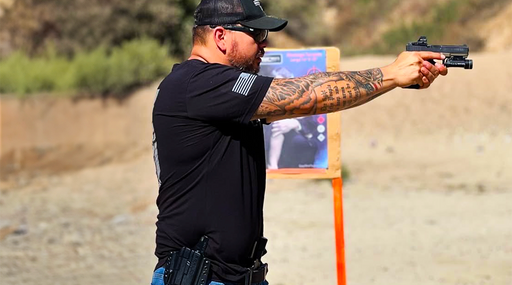
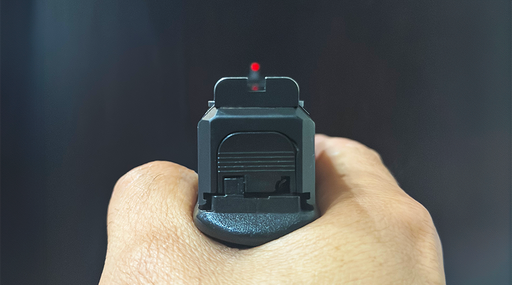
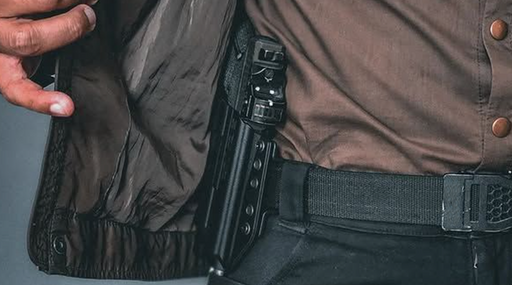
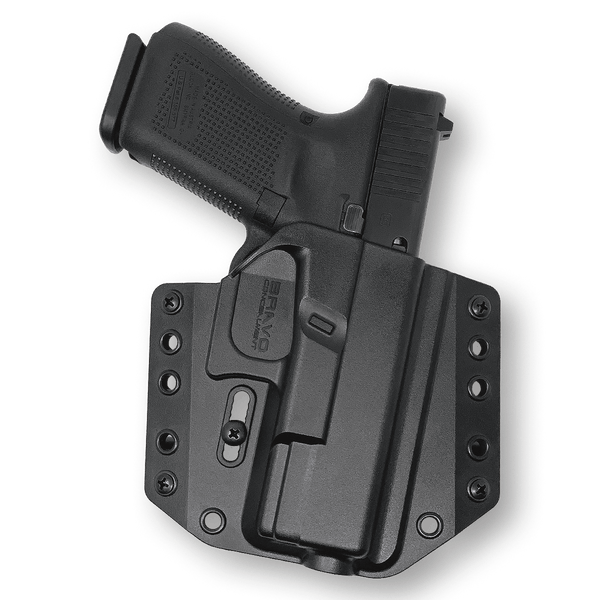
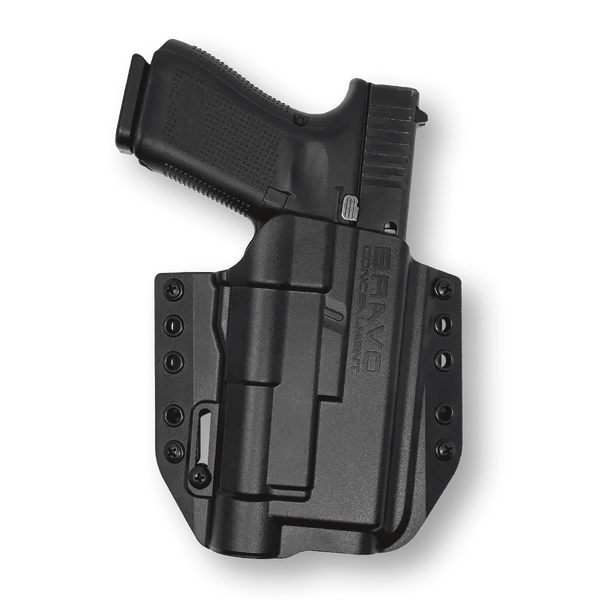
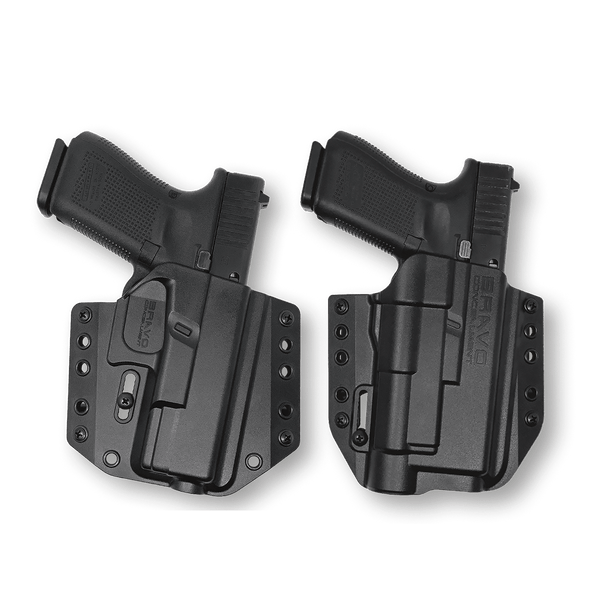
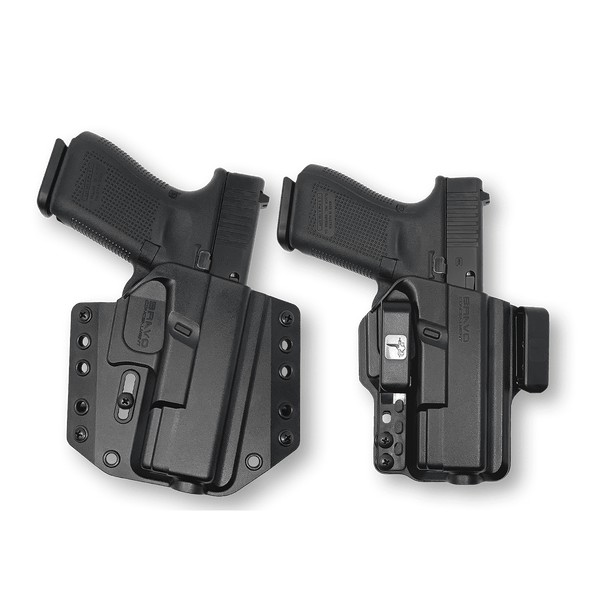
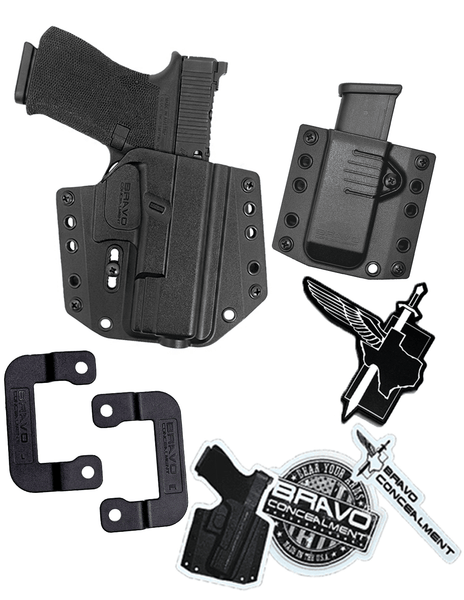
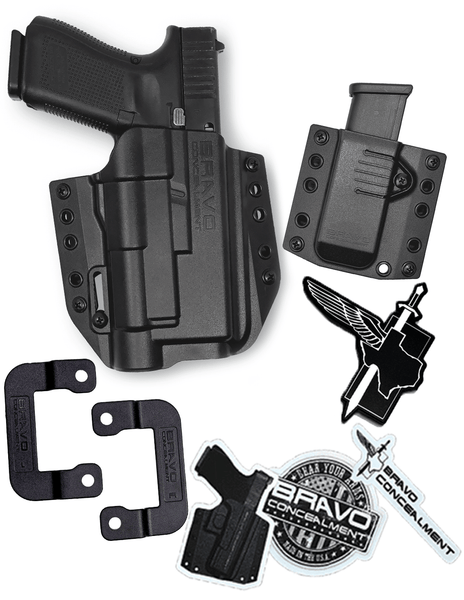
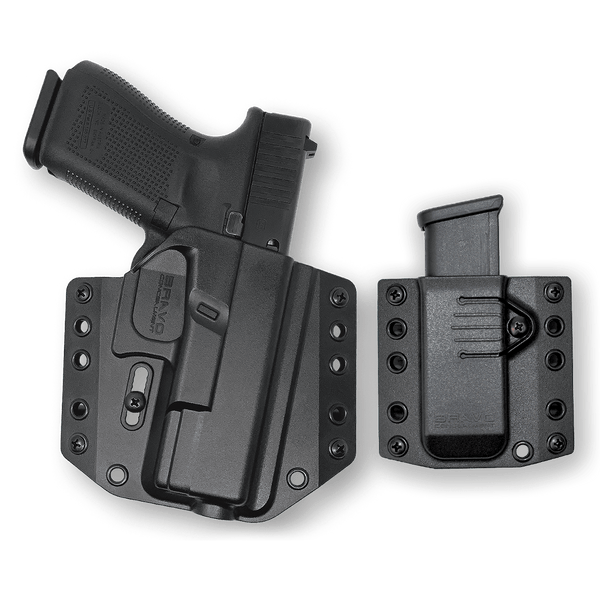
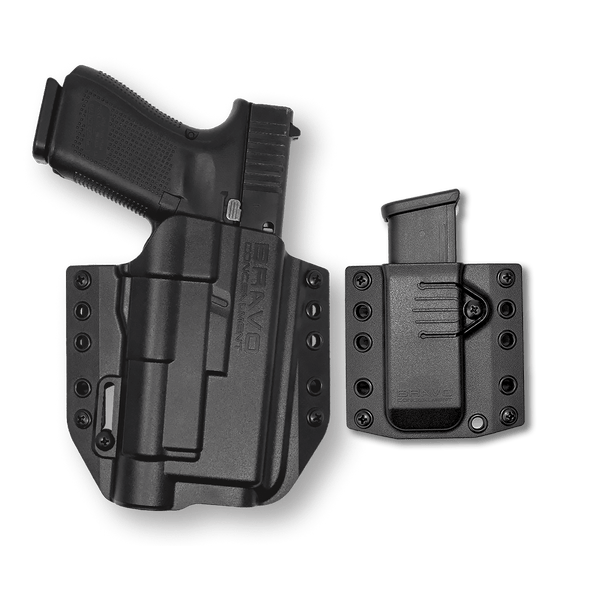
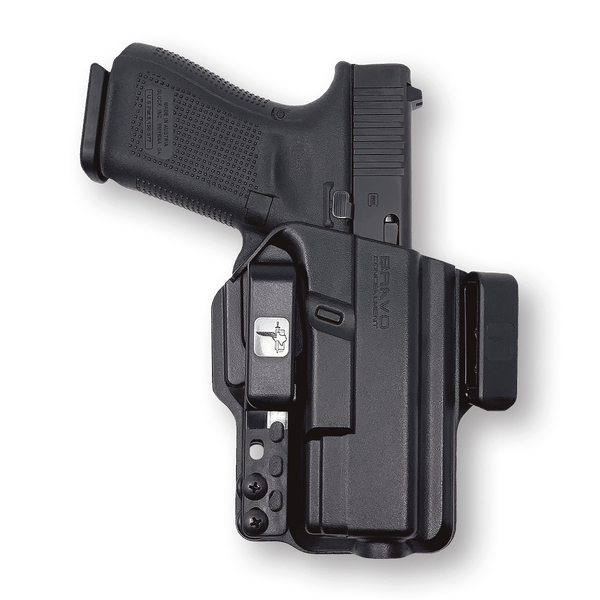
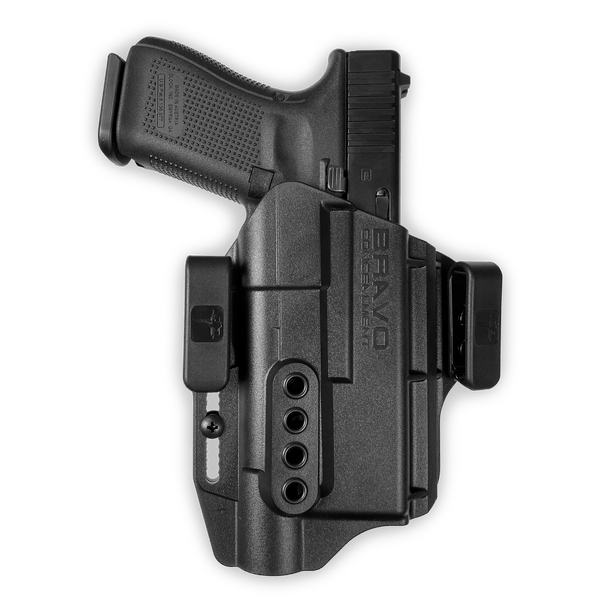
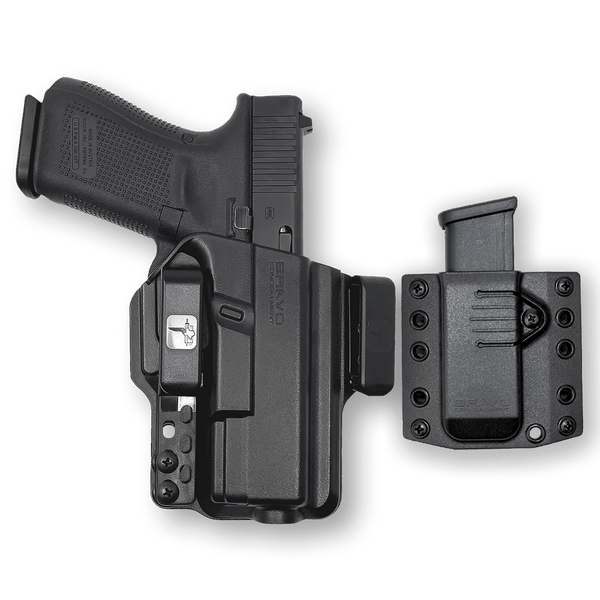
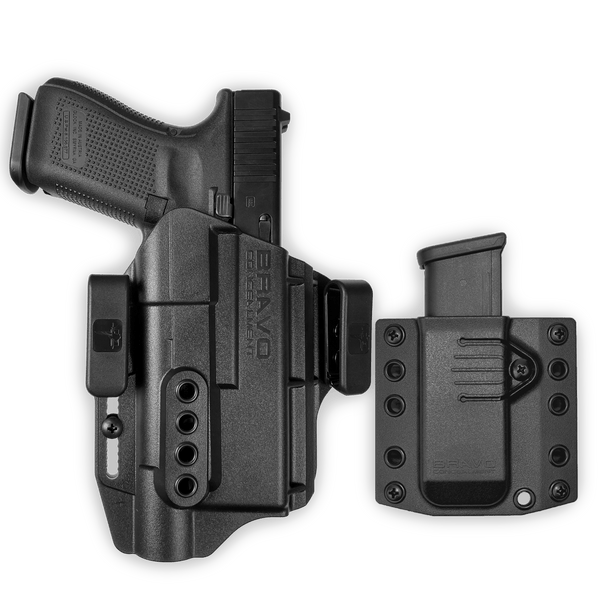
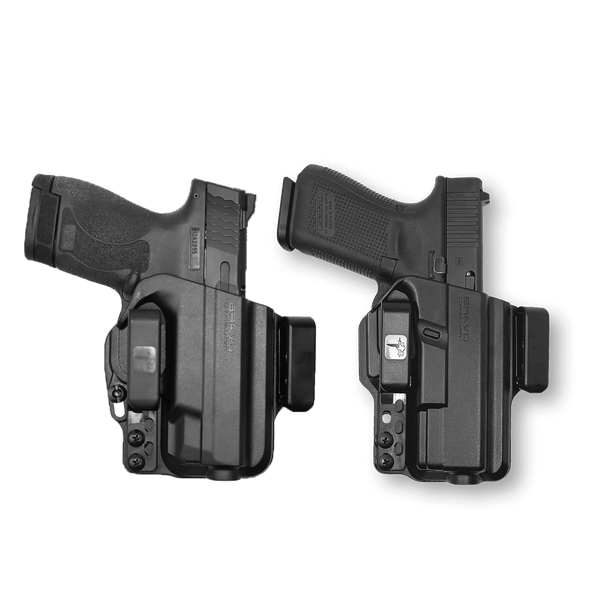
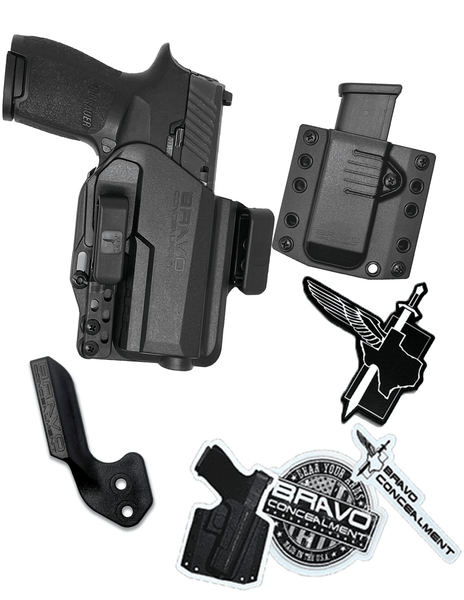
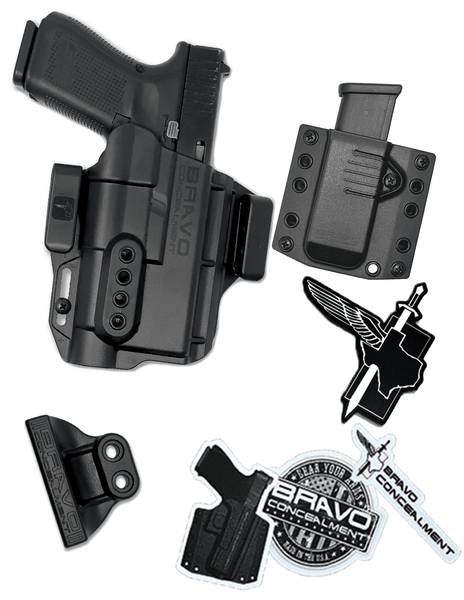
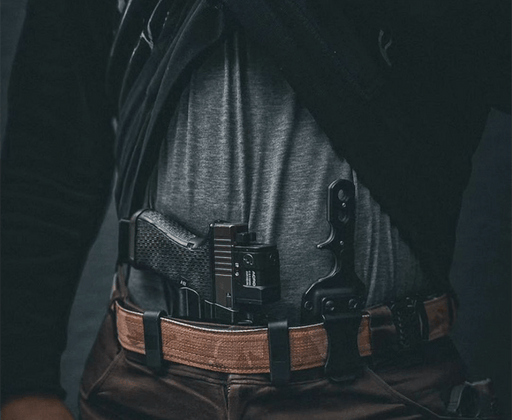
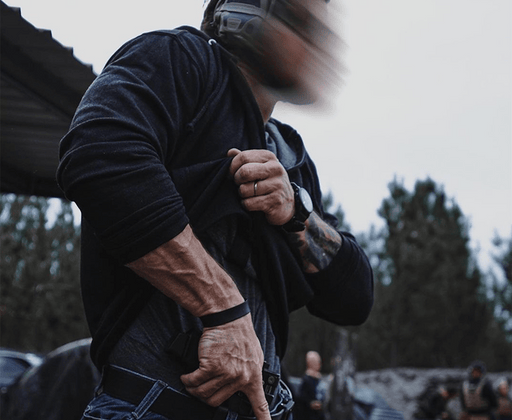
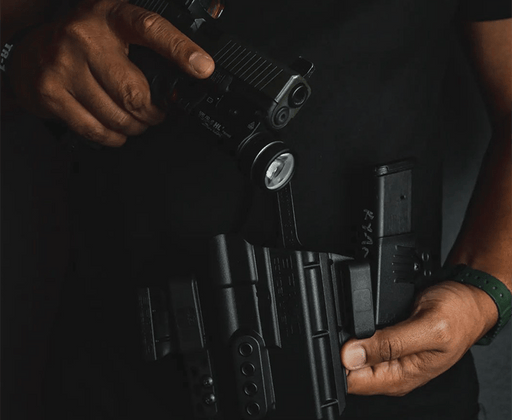
Leave a comment